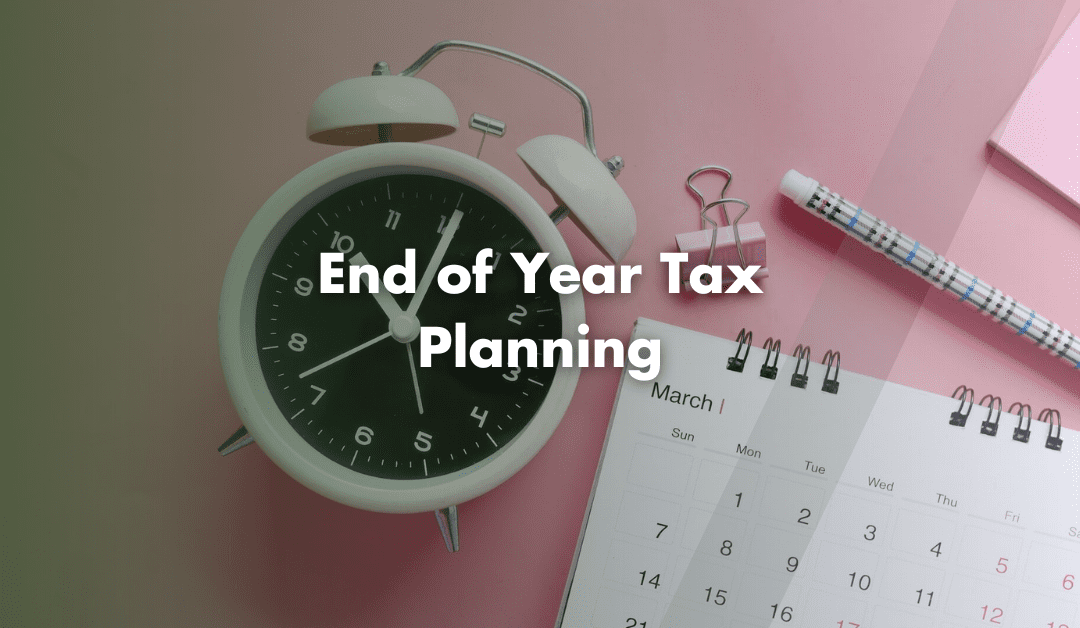End of year tax planning – what you need to consider
The new tax year on April 6 is accelerating quickly towards us, and now is the time to make sure that any last-minute tax planning will enable you to make the most of the 2021/22 tax year allowances – Click Here for more information about the 2021/22 tax code. There are plenty of allowances that have a time limit on each tax year, and if you can use these last few days to maximise the benefits, then it would be a good deed done. Those that fail to plan, plan to fail. Make full use of your pensions and ISA allowances now.
Individual Savings Account (ISA) Allowance
Each year, we can put up to £20,000 into an ISA, and if you have not put the full amount into your ISA for this year, then consider adding any additional funds to it before April 5.
Putting your savings and investments into an ISA wrapper allows the funds to grow free of tax, and when you take those funds out at the other end, you don’t pay any tax on them then either. You can spread this across a number of different types of ISAs – for example a cash ISA, Stocks and Shares ISA, Innovative Finance ISA, which is peer-to-peer lending, or a Lifetime ISA (although you can only invest £4,000 in this type as a maximum, which would leave you £16,000 of your allowance to invest elsewhere).
If you fail to use your full ISA allowance within the tax year, then you will lose it once we hit April 6, so make sure you maximise this tax benefit.
Avoiding a 60% effective tax rate for higher earners
Once you reach £100,000 of earnings, you begin to lose your personal allowance at a rate of £1 for every £2 of earnings above this threshold. This means that by the time you reach £125,140 you no longer have a personal allowance. Between £100,000 and £125,140, your effective tax rate is 60%.
However, you can reduce the impact of this by making payments into your pension, or by donating money and benefiting from Gift Aid on the payments. Pension contributions and Gift Aid payments are made from gross income, which means you reduce the amount of taxable income you have. You cannot put more than £40,000 into your pension each year and receive tax relief, and you cannot reclaim more in tax in a single year than you would have paid.
This annual allowance as it is known will also reduce by £1 for every £2 earned above £240,000 and will stop reducing at £312,000 – leaving everyone with a minimum annual allowance of £4,000.
Carry forward
If you have any unused allowance from any of the three previous tax years, then you can carry this forward for one year to help you reduce your tax liabilities and maximise your pension contributions.
There are a few caveats to this, including:
- You must have been in a registered pension scheme for each of these previous three years.
- You must have already used all your allowance for the current tax year.
- The carried forward annual allowance from the first year must be used first.
- The amount you can carry forward may be subject to the tapered allowance if your earnings were high enough for this to apply in any of the previous three years.
Taking more than your tax-free lump sum out of a money-purchase pension scheme will also mean your annual allowance is reduced to £4,000.
However, if you have any annual allowance available from the three previous tax years and have used your full allowance for the current tax year, then this is another way you can reduce your taxable income and put extra into your pension pot. But make sure you remain within the Lifetime Allowance, which is currently set at £1,073,100.
Dividend Income
If you take dividends from your company, then you can take up to £2,000 each year at 0% tax, but if you miss this within a tax year, it is not possible to roll this over to the next year. Any dividend income after this between £12,570 and £50,270 is subject to 7.5% tax up to April 5 and 8.25% from April 6 – due to the addition of the equivalent of the 1.25% Health and Social Care Levy – so if you can bring any dividend payments into the current tax year, you may be able to avoid the additional tax.
Corporation Tax
The Corporation Tax rate is set to increase from 1 April 2023, and while this is a year away, it makes sense to plan ahead to make sure you make the most of the lower rate of 19% for the coming year.
Companies with profits between £50,000 and £250,000 will continue to pay corporation tax at 19% even after 1 April 2023, but companies with profits above this will face a tapered rate up to 25%.
For this reason, it would be wise to plan ahead for the next trading year to consider how you may be able to effectively mitigate this tax. But it is not something you should do without expert advice.
Contact us
If you are interested in benefiting from either personal or business tax advice, then please contact us and we will be happy to help you make the most of your tax breaks: Pi Accountancy | Expert Business Advice | Gloucester & Swindon (pi-accountancy.co.uk)

